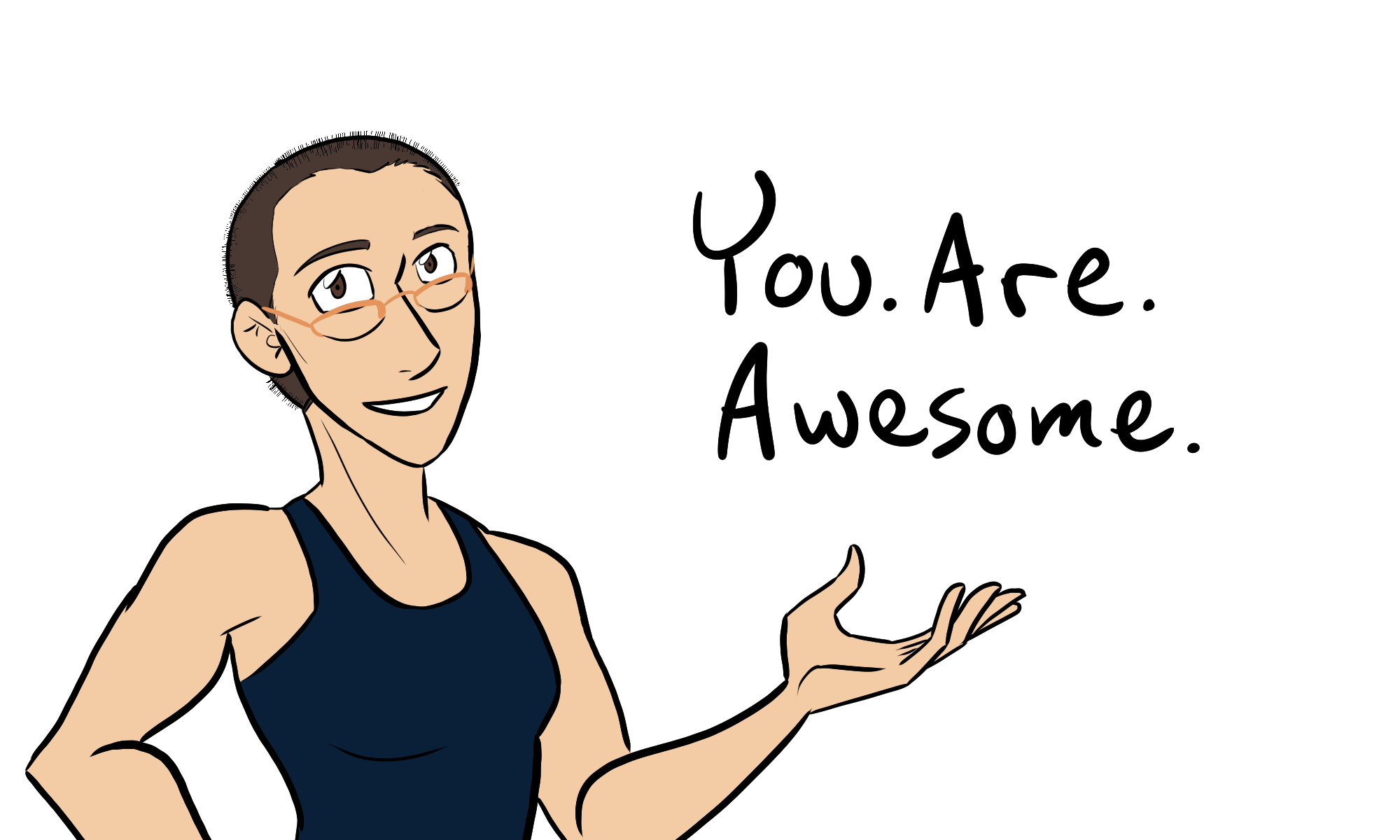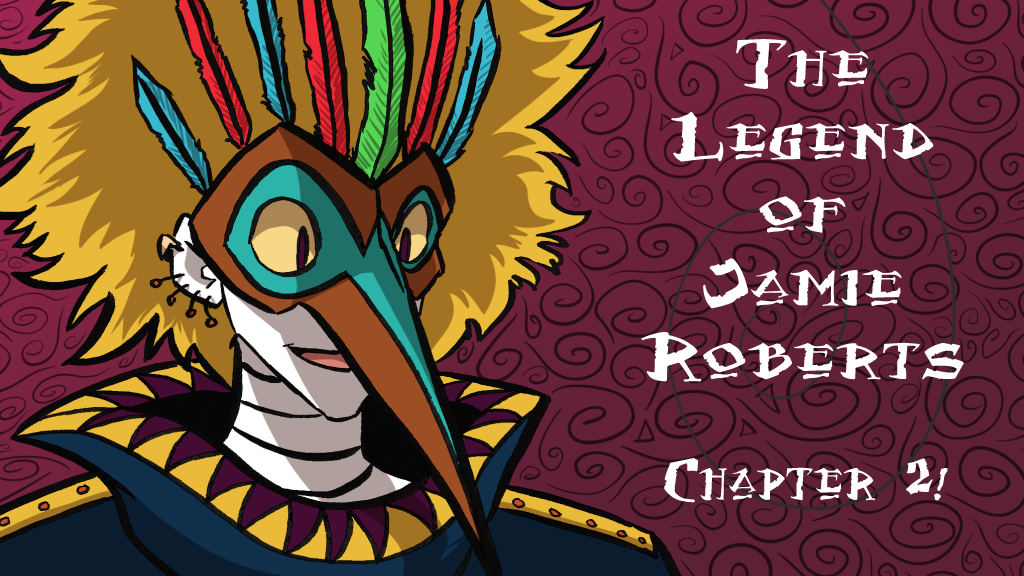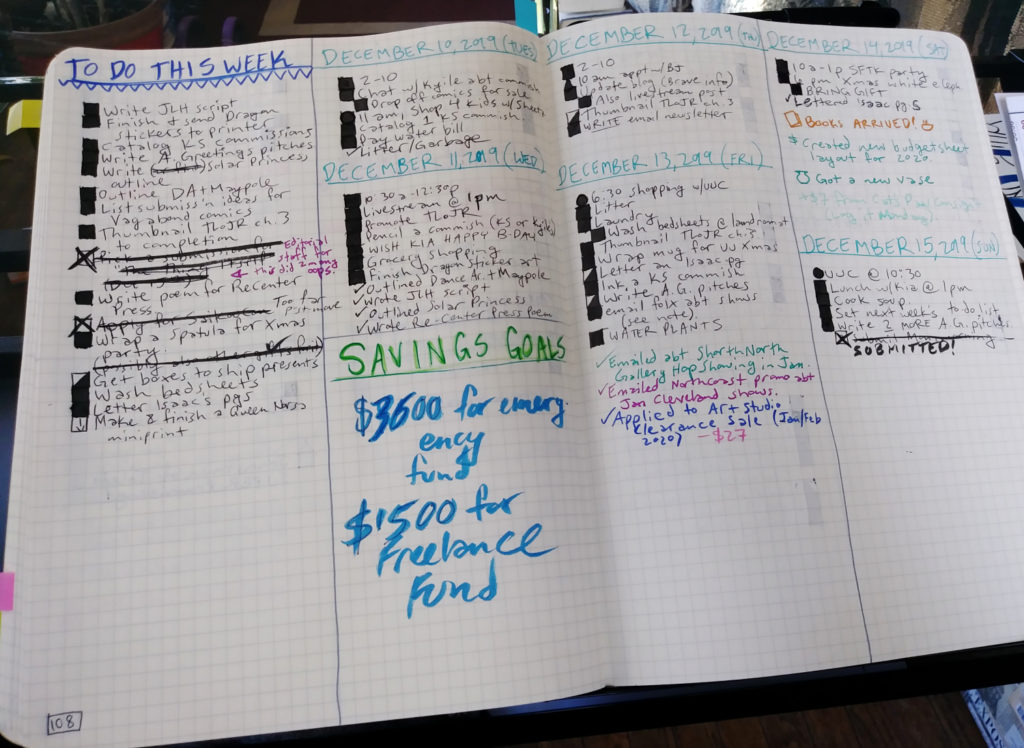This is the question that has plagued Google and other search engines since the internet became popular. How DO you land work as a freelance artist?
Well, when you’re a freelance artist, I’ve really only found one or two methods that have worked above all else. You might want to sit down for this one, because it’s so mind-bogglingly simple and yet so difficult at the same time.
Here’s the two things you need to land work as a freelance artist:
- a website
- friends
That’s it.
No, I’m not joking.
A website will put all of your work in one place: your portfolio, your social media links, a sign-up page for your email newsletter, testimonials from people who hire you – ALL OF THAT. All of that goes on your website.
In my experience, people who hire artists don’t really give much of a shit what’s on your resume. They just care that you make good work, that you’re easy to contact and work with, and that you turn the work in on time.
Maintaining a website will help establish that you can do all 3.
“But how do I even get clients?” you might be asking.
You mean, other than having a website where people can find you online and look at your work?
Friends.
If you have good friends, they will be your first clients. Yes, you will likely need to discount your rates if you’re absolutely new to your field. But making work for friends (or your roleplaying group, or your book club, or whatever friend-group thing you do) will build your portfolio. Your portfolio is what will land you the work you want.
Do you want to be a character designer? Make character art for friends.
Do you want to be hired to make comics? Make zines illustrating an inside joke for your friends. (By the way, Chloe, if you’re reading this: “…apple pie.”)
Then, once you make the thing, post the thing on your website.
And then – get ready for this next part – ask your friends to spread the word that you’re available to work.
I have lost track of how many clients I’ve gotten over the years because a friend of mine said, “By the way this lady I work with is looking for an artist to (bleh).”
Is it really that simple? Yes.
Is this fast? NO.
Is the work worth it? YES.
If you’d like to see more posts about the Freelance Lifestyle, or if you’d like to keep up with my work, I have an email newsletter. It sends out once a week, and it’s the best way to stay in touch with updates on my blog and my webcomics.
That’s all for now. Thank you for reading!
You. Are. Awesome.



